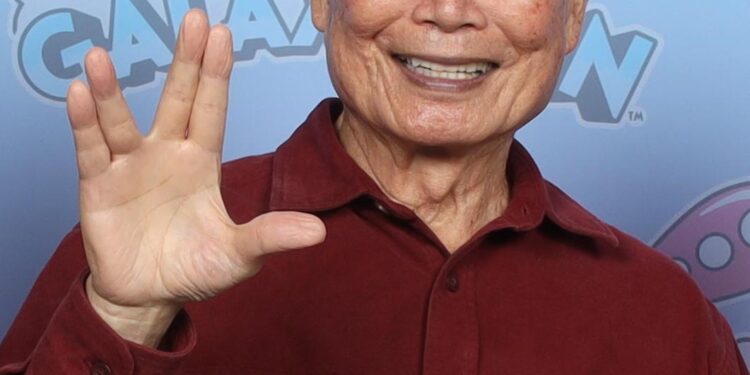In a recent statement drawing attention to historical and contemporary issues of civil rights, actor and activist George Takei has likened the United States government’s current immigration detention practices to the Japanese-American internment camps of the 1940s. Speaking out amid growing controversy over Immigration and Customs Enforcement (ICE) detention centers, Takei-himself a survivor of the World War II internment system-warns that the echoes of this dark chapter in American history are reverberating once again. His comparison adds a poignant voice to the ongoing debate over immigration policy and human rights, underscoring the urgent need to examine the treatment of detainees in today’s enforcement facilities.
George Takei Compares Historical Japanese-American Internment With Modern ICE Detentions
George Takei, the renowned actor and activist who experienced the Japanese-American internment as a child, has drawn stark comparisons between the camps of the 1940s and the contemporary detention centers operated by ICE. Highlighting the echoes of forced confinement and the harsh conditions endured by detainees, Takei emphasizes the dangerous repetition of history when governmental policies neglect human rights. He warns that the shameful lessons of the past risk being forgotten, allowing similar violations to persist under a different guise.
Takei outlines key parallels between the two eras:
- Use of race and ethnicity as criteria for detention
- Harsh and overcrowded living conditions
- Isolation from families and communities
- Lack of due process and transparency
| Aspect | 1940s Internment Camps | Modern ICE Detentions |
|---|---|---|
| Population Targeted | Japanese-Americans | Immigrants from multiple countries |
| Duration | Up to 4 years | Indeterminate, often months |
| Living Conditions | Basic, overcrowded barracks | Detention centers & private facilities |
| Legal Oversight | Minimal, executive order | Varies, ongoing legal challenges |
Analyzing the Human Impact of Detention Policies Through Personal and Historical Lenses
George Takei’s reflections provide a poignant reminder of how history can echo across generations, particularly when government policies impinge on civil liberties. Drawing from his own harrowing experiences as a child in the 1940s Japanese-American internment camps, Takei highlights the human toll of ICE detentions today. The forced separation of families, inadequate living conditions, and the trauma experienced by detainees reveal patterns that resonate deeply with the past, underscoring the persistent risks of dehumanization under the guise of national security.
Analyzing these parallels through both personal testimony and historical records sheds light on the broader societal impact:
- Psychological Damage: Both detainees and internees face mental health crises stemming from uncertainty and confinement.
- Legal Gray Areas: Ambiguities in policy often result in prolonged detentions without due process.
- Community Fragmentation: Separation weakens social bonds and disrupts cultural continuity.
- Media Representation: Public perception is shaped by the narratives presented, which can either humanize or stigmatize.
| Aspect | 1940s Internment Camps | ICE Detentions | ||||||||||||||||||||||||||||
|---|---|---|---|---|---|---|---|---|---|---|---|---|---|---|---|---|---|---|---|---|---|---|---|---|---|---|---|---|---|---|
| Duration | Up to 4 years | Indeterminate (weeks to years) | ||||||||||||||||||||||||||||
| Living Conditions | Crowded barracks with minimal privacy | Detention centers with It looks like your table got cut off at the end. Here’s a reconstruction and continuation of that last row for the “Living Conditions” comparison, plus a possible completion of the table based on the context:
“`html
|










